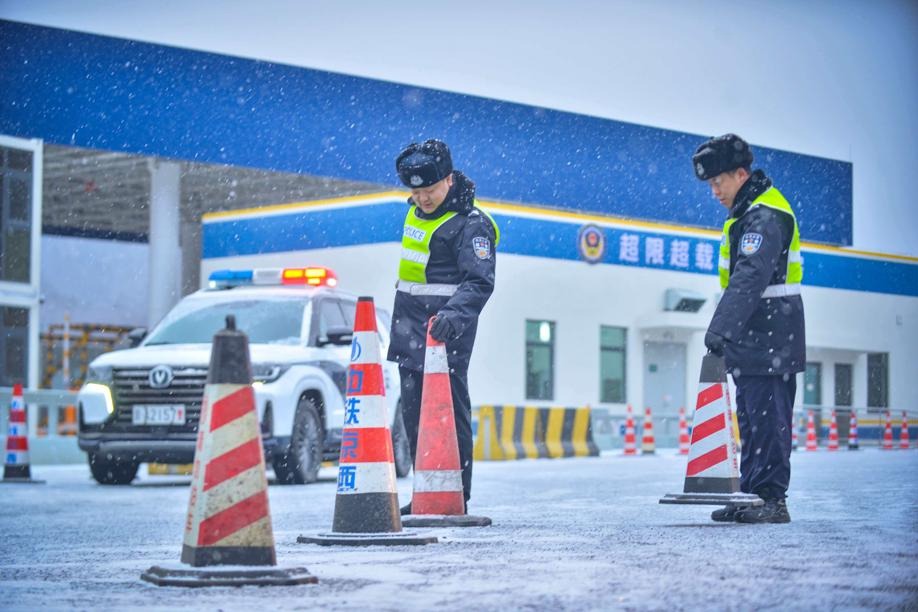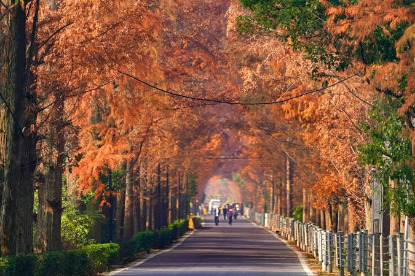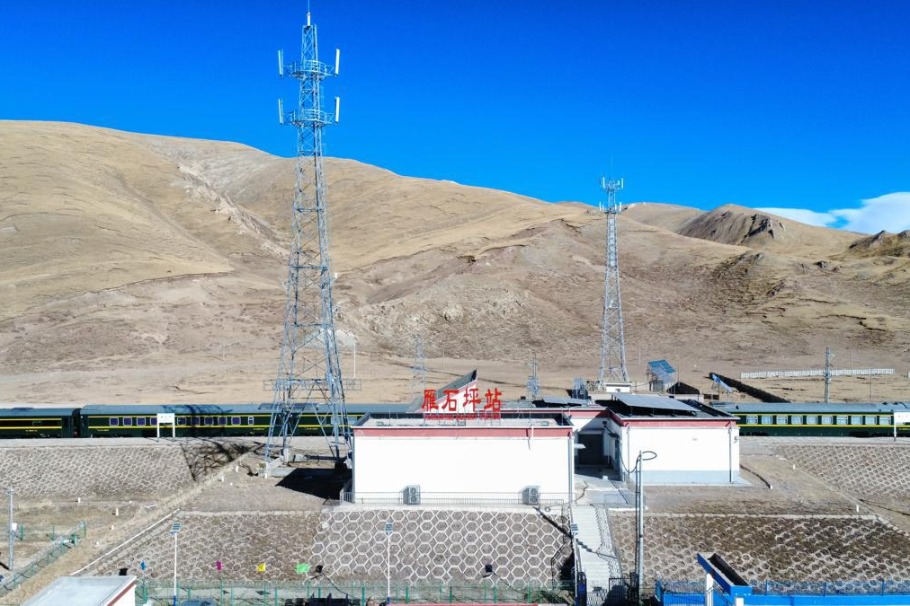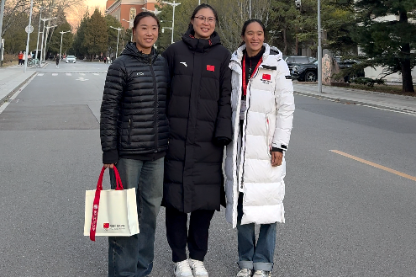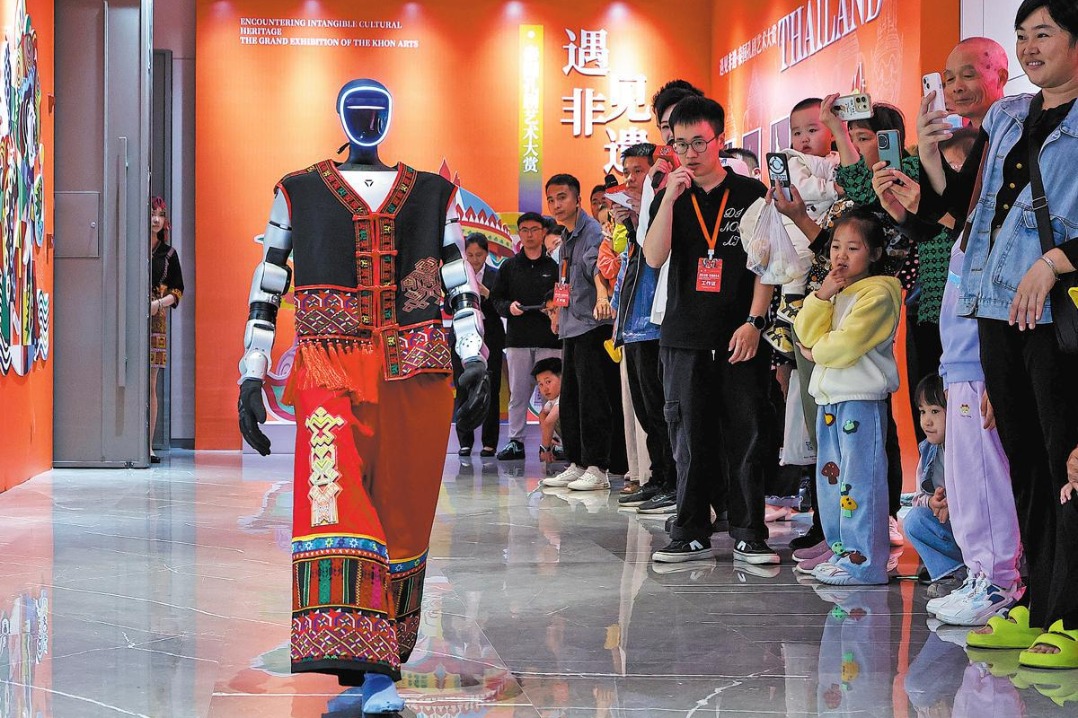Hard work vitalizes village in Hebei

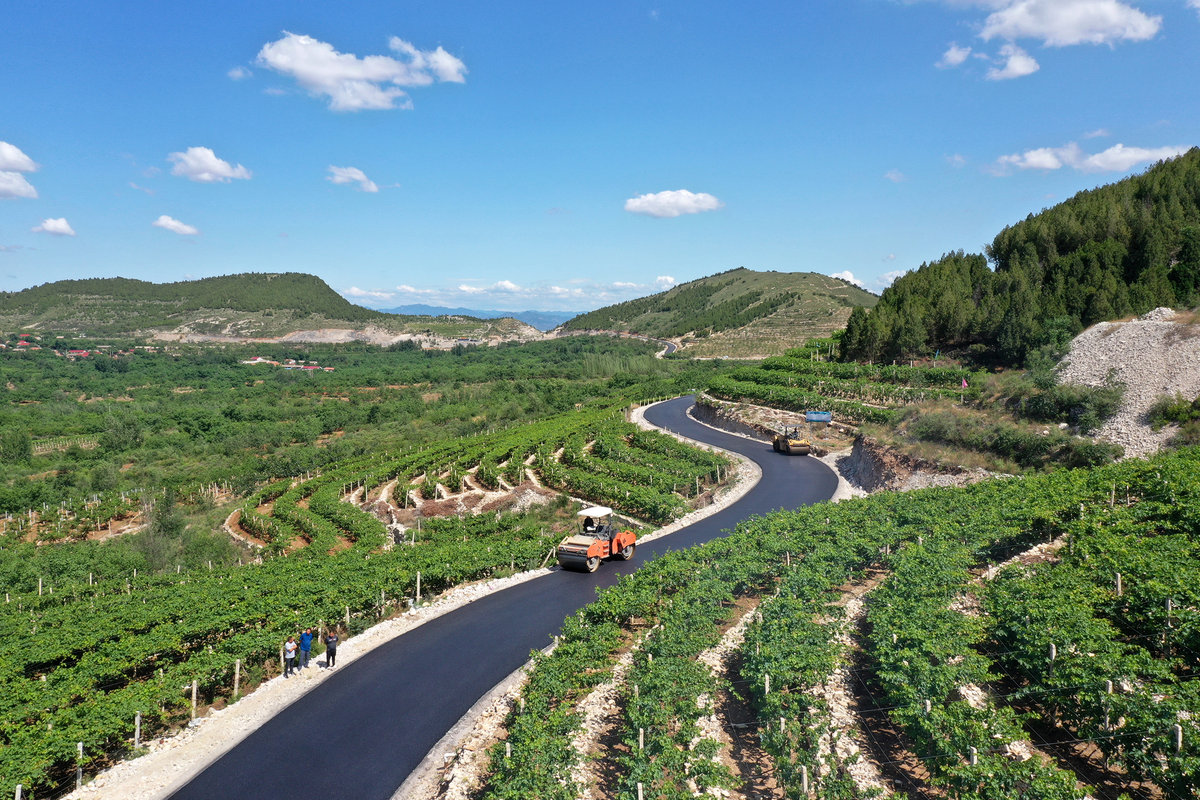
After reclaiming that land, villagers carried water to Shashiyu from a place 5 km away.
From 1966 to 1971, the villagers reclaimed about 73 hectares from 52 hectares of barren land. The effort boosted their grain yield, which reached 400,000 kilograms in 1978.
However, the village encountered a new problem two decades later as the environment become heavily polluted by chemical plants and mine refineries built in 1990s.
Zhou Guojun, the fourth Party secretary of the village, helped transform it from a resource-consuming area to an environmentally conscious one.
The polluting factories were shut down in 2004, and villagers started grape cultivation, which soon became a pillar industry in Shashiyu.
Zhou said that the village started an annual tourism festival in 2015 to attract travelers to pick grapes. "The grapes could be sold at a better price once Shashiyu becomes famous through this festival. Our villagers can then live even better lives," he said.
The prosperity of Shashiyu hinges on endeavors by generations of villagers and the leading groups consisting of Party members. In 2009, the city-level government invested over 1 million yuan ($152,723) to transform the village's exhibition hall into a museum paying tribute to development efforts made by earlier generations.
Shashiyu has turned into a landmark, showing people the hard times deceased secretary Zhang Guishun and the villagers lived through. It's also an attraction highlighting "red tourism" and modern homestays.
- Verdict on Jimmy Lai is reached strictly in accordance with law and evidence: HKSAR govt
- Taiwan's Lai Ching-te slammed for selling war anxiety
- US urged to recalibrate its strategic perception of China
- International volunteers participate in blood donation event in Shanghai
- Wellington College China leads dialogue on collaborative education for the future
- China denounces Japan for hyping up regular military training


















